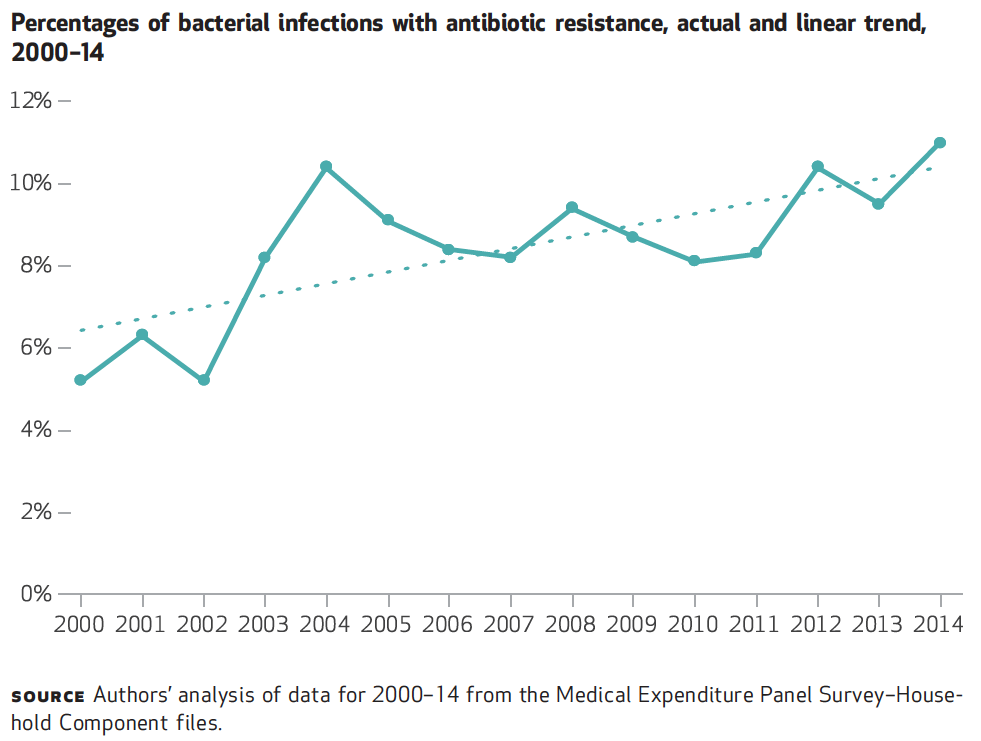A recent report published in Health Affairs found that the rate of antibiotic-resistant infections has roughly doubled since 2002 in the United States. Rising infection rates add to the costs of health care and compromise the quality of medical and surgical procedures provided.1
Researchers estimated the incremental health care costs of treating a resistant infection and found that antibiotic resistance added $1,383 to the cost of treating a bacterial infection. Using an estimate of the number of such infections in 2014, this amounts to a national cost of $2.2 billion annually.1

The researchers note that given the high additional burden to health care systems, the need for innovative new infection prevention programs, antibiotics, and vaccines to prevent and treat antibiotic-resistant infections is an international priority.1
Faster, more effective diagnostics are another key area of emphasis in the fight against resistance. An analysis supported by the UK Government and Wellcome Trust reported that diagnostics as part of infection prevention programs are an effective, useful tool in fighting antibiotic resistance. Increased use of diagnostics to better inform treatment decisions is not only in patients’ interests, but also in the financial interest of health care systems.2
For material progress to happen over the next five years healthcare systems need to leapfrog to using rapid diagnostics wherever possible, before using an antibiotic.”
References:
1. Thorpe, Kenneth E., et al. “Antibiotic-Resistant Infection Treatment Costs Have Doubled Since 2002, Now Exceeding $2 Billion Annually.” Health Affairs, vol. 37, no. 4, 2018, pp. 662–669., doi:10.1377/hlthaff.2017.1153
2. O’Neill, Jim, et al. The Review on Antimicrobial Resistance. Rapid Diagnostics: Stopping Unnecessary Use of Antibiotics. 2015.








